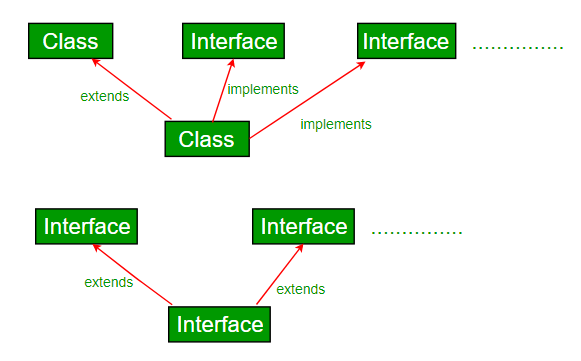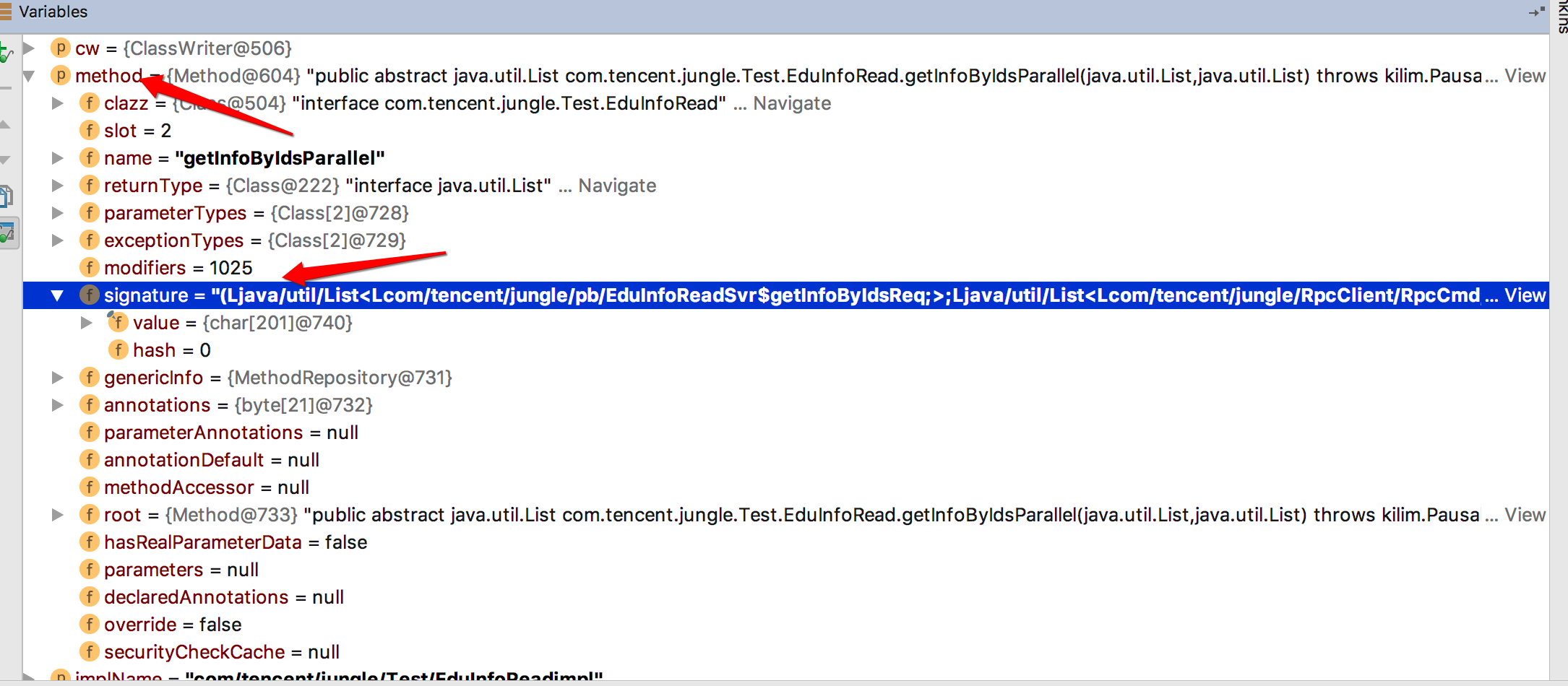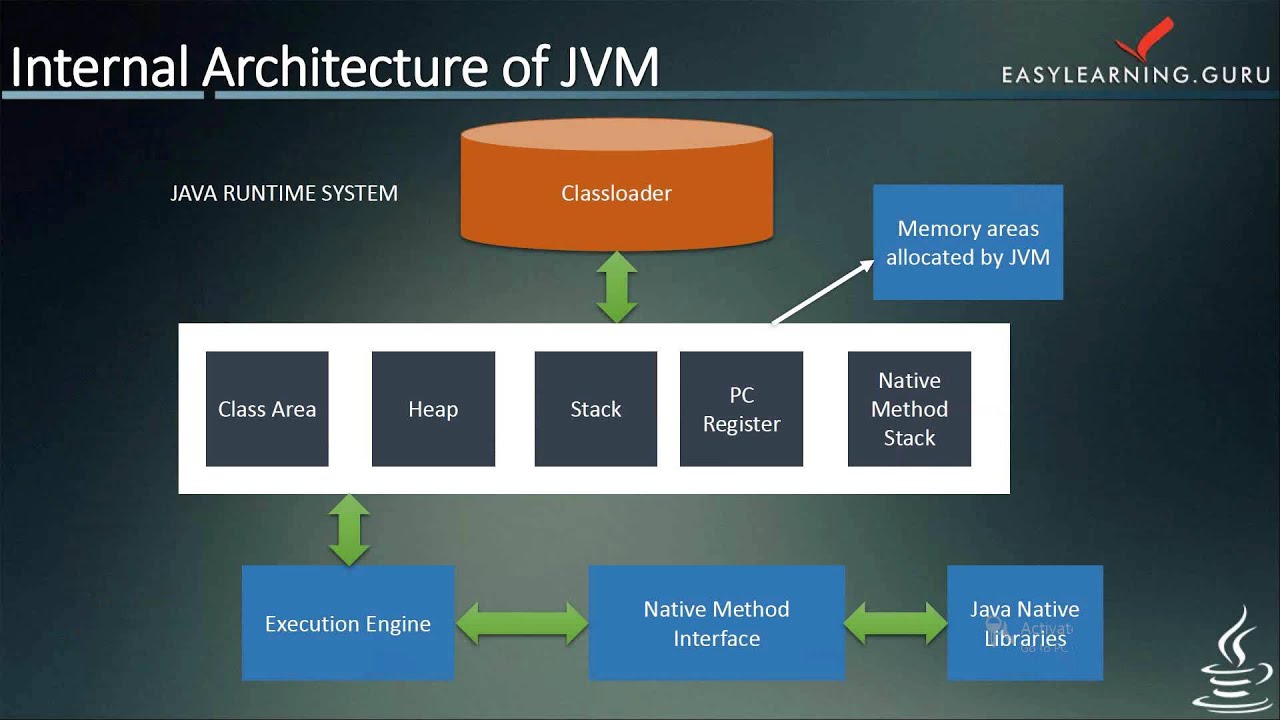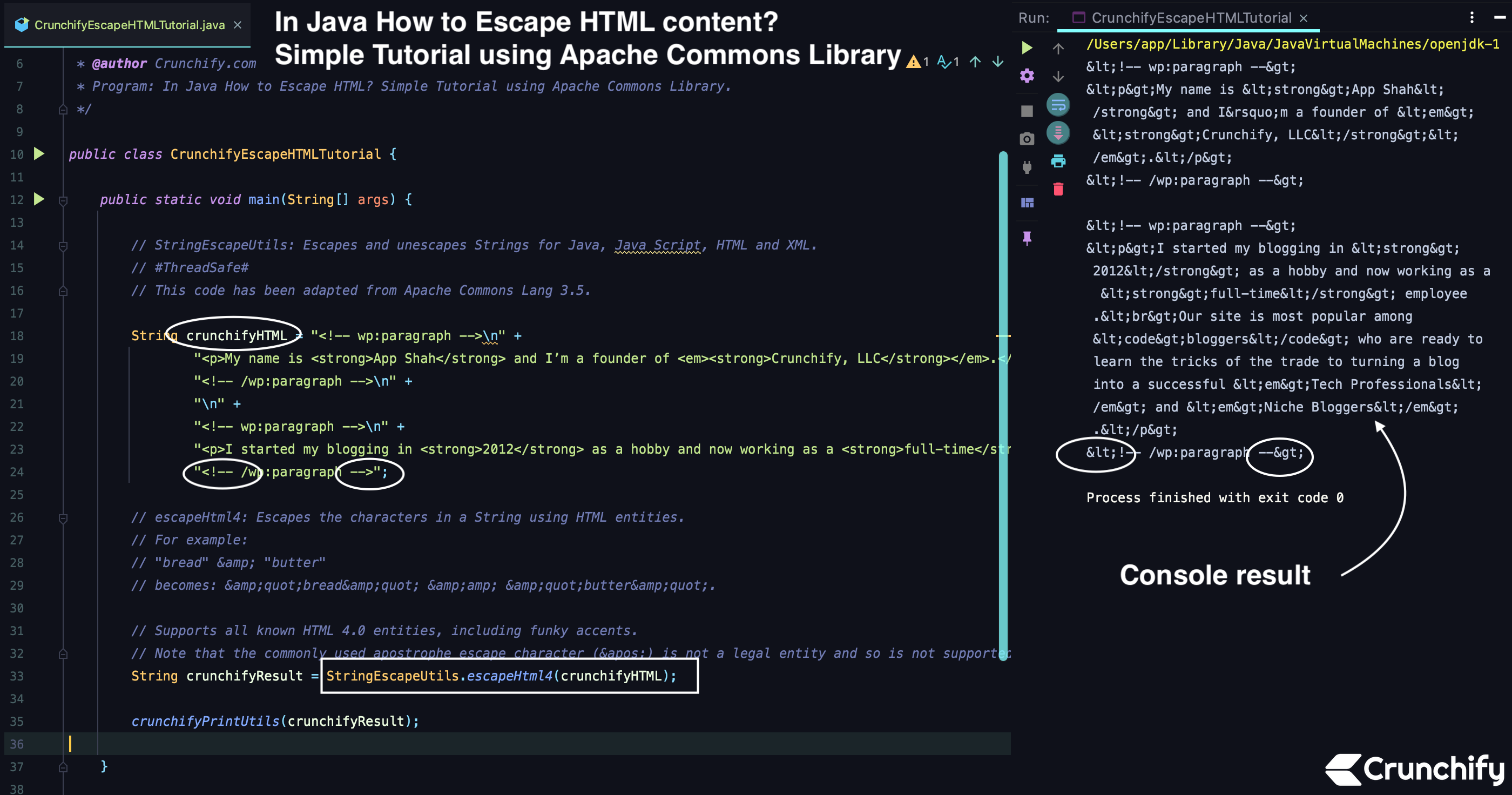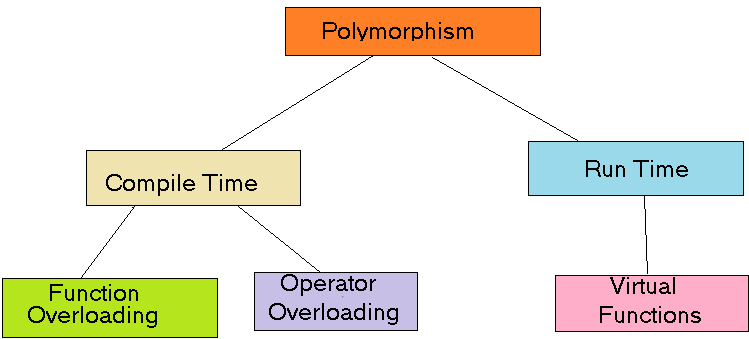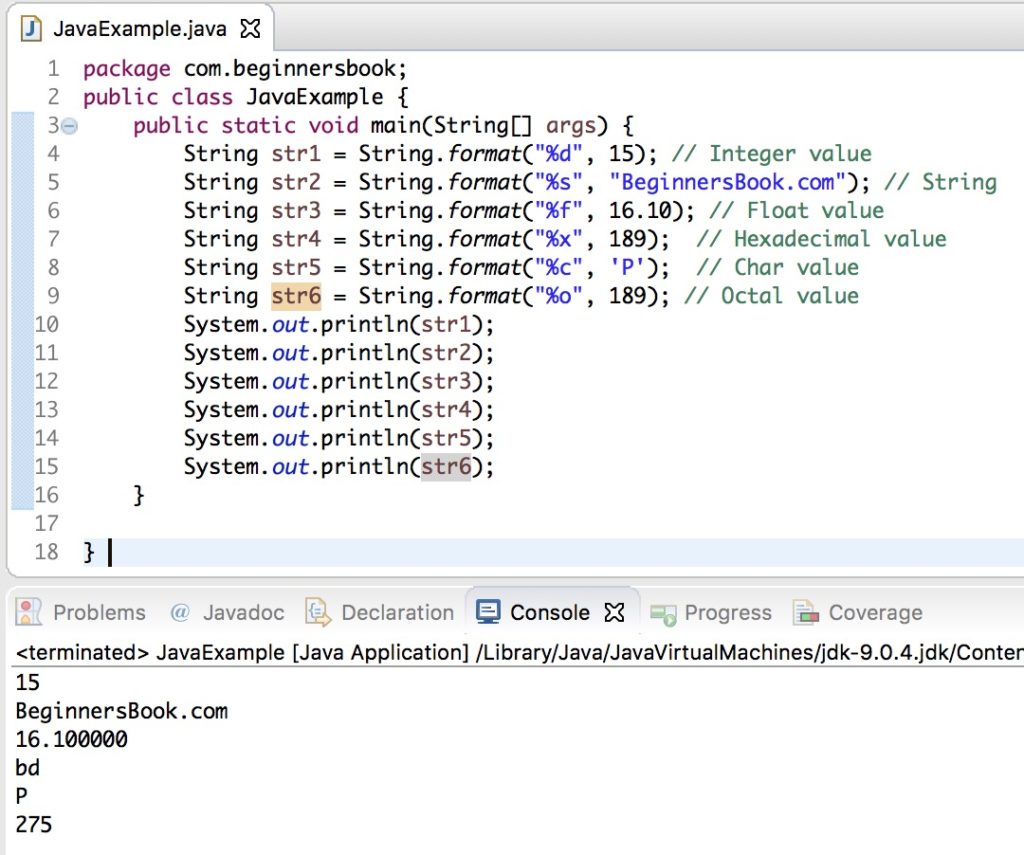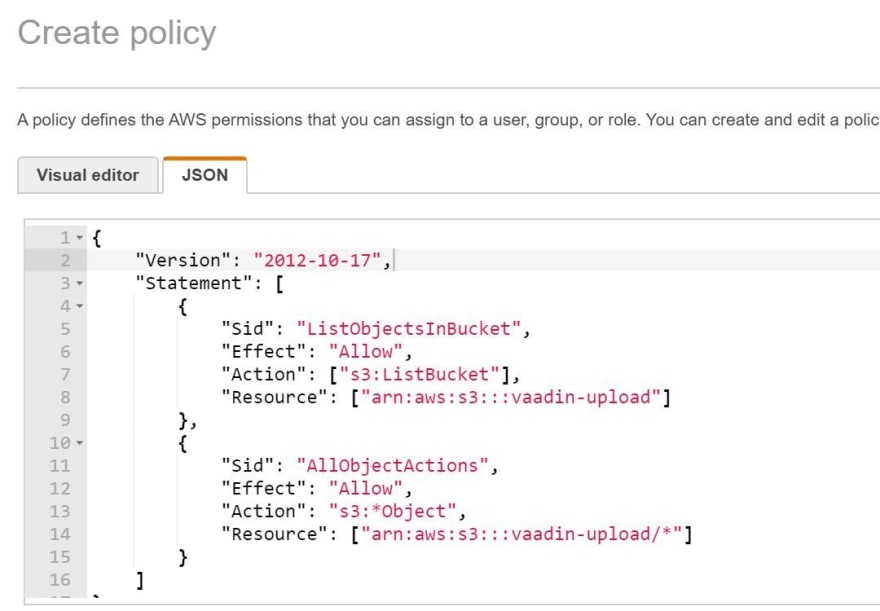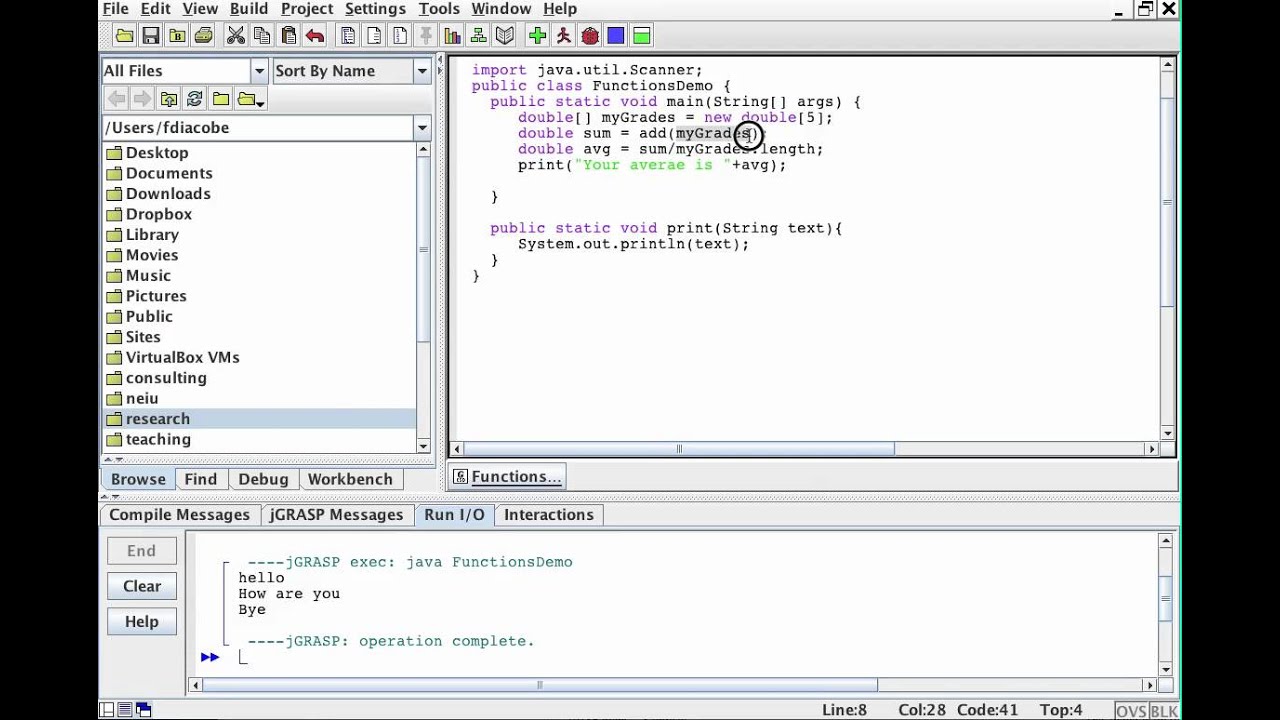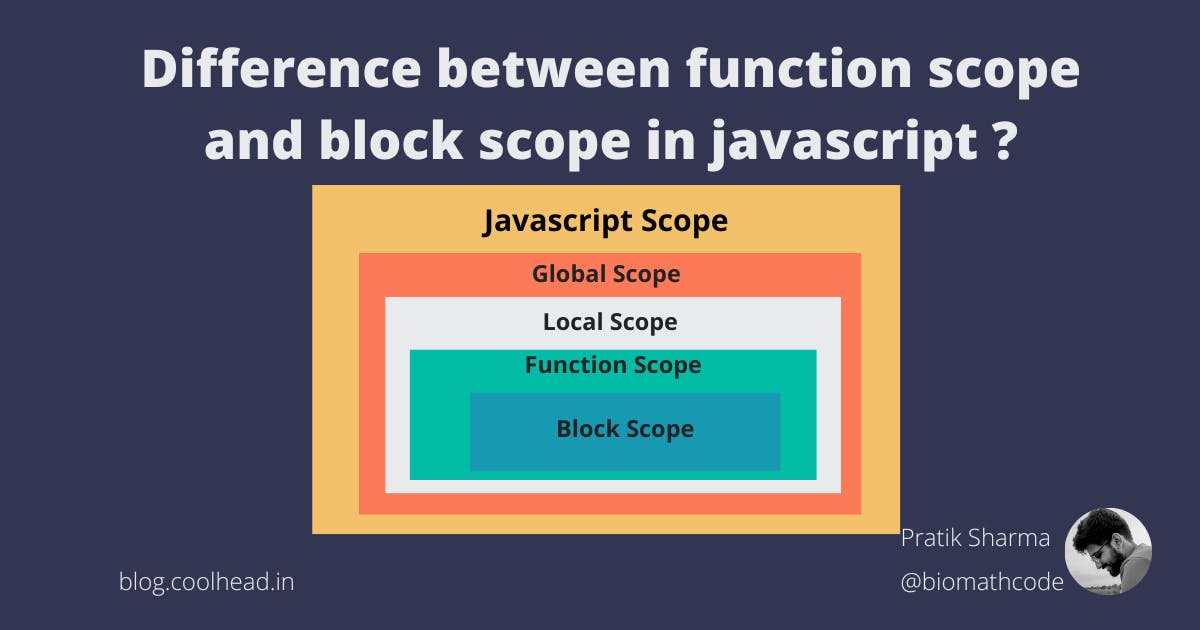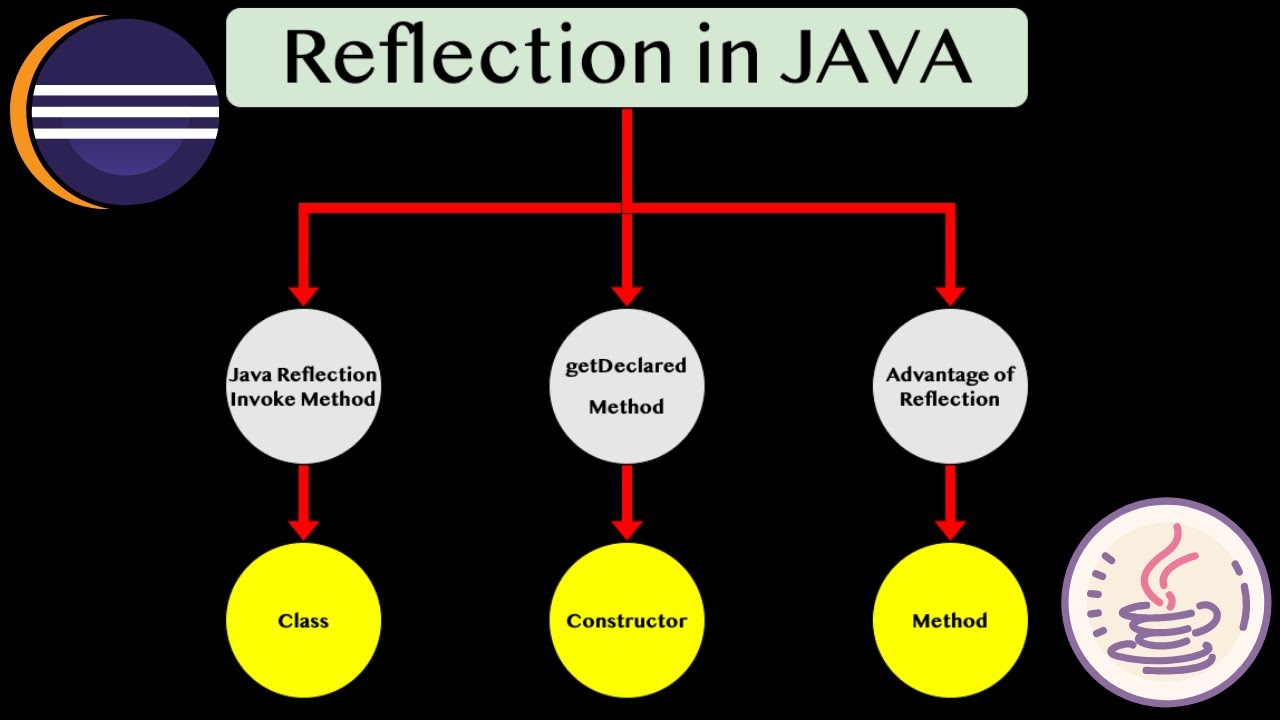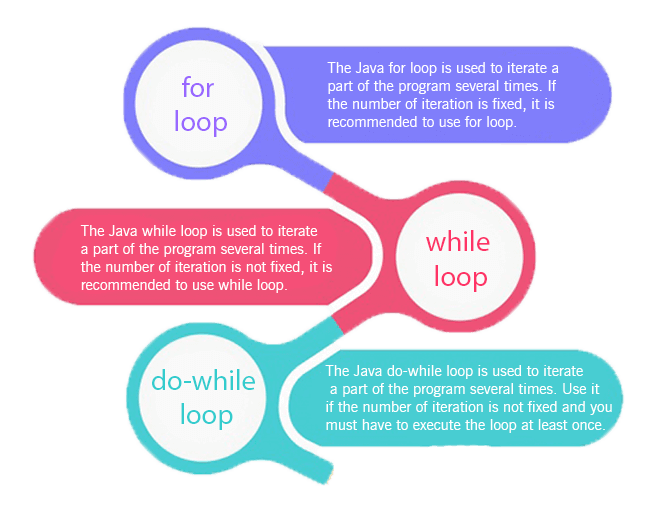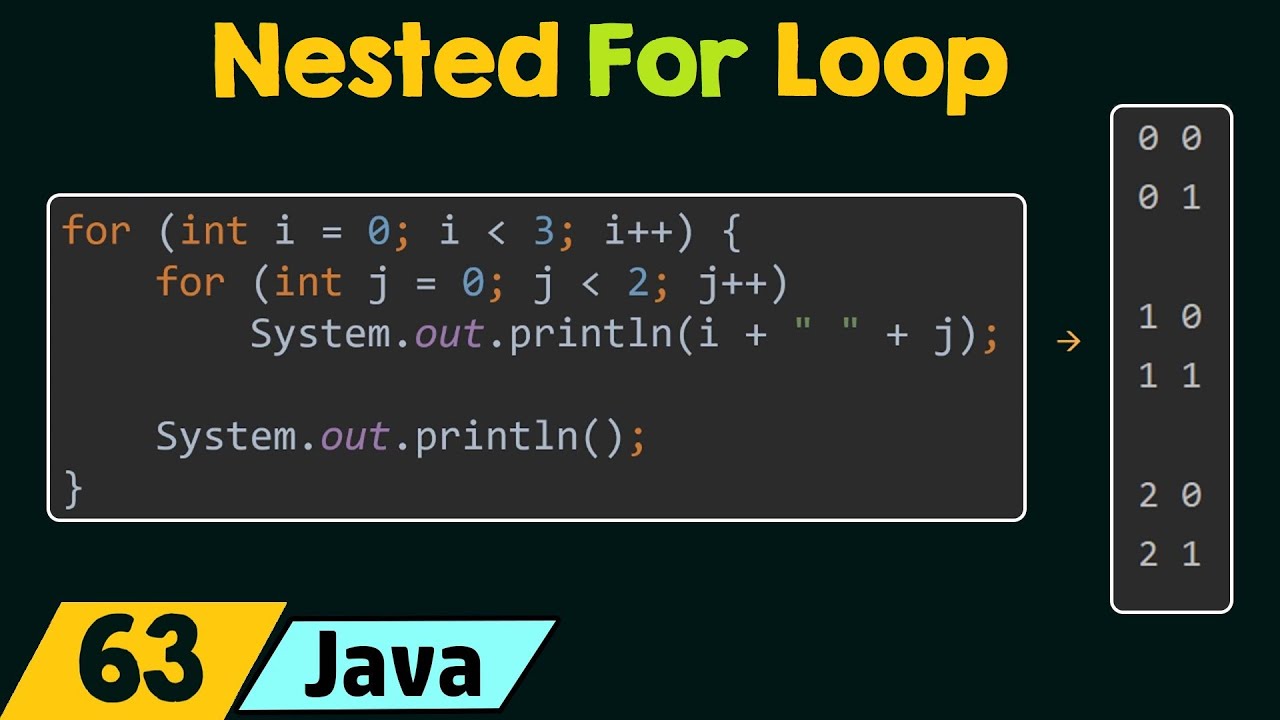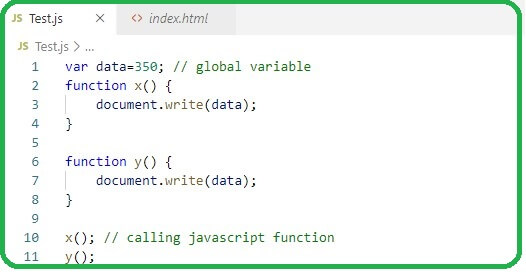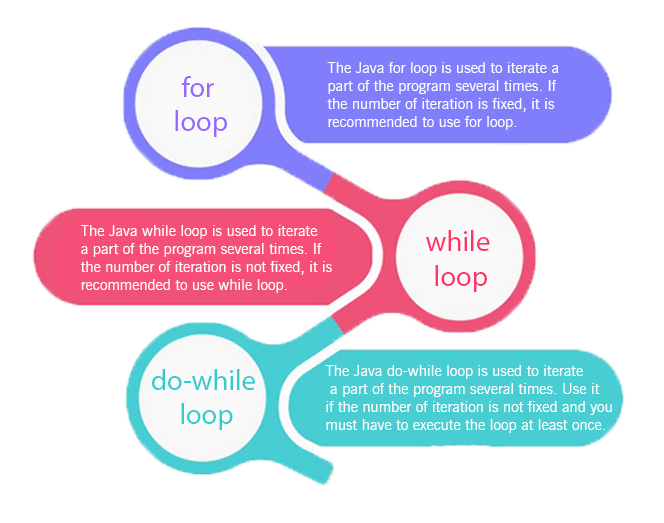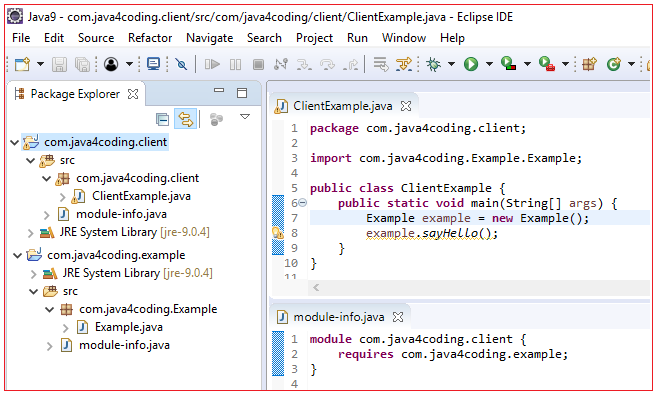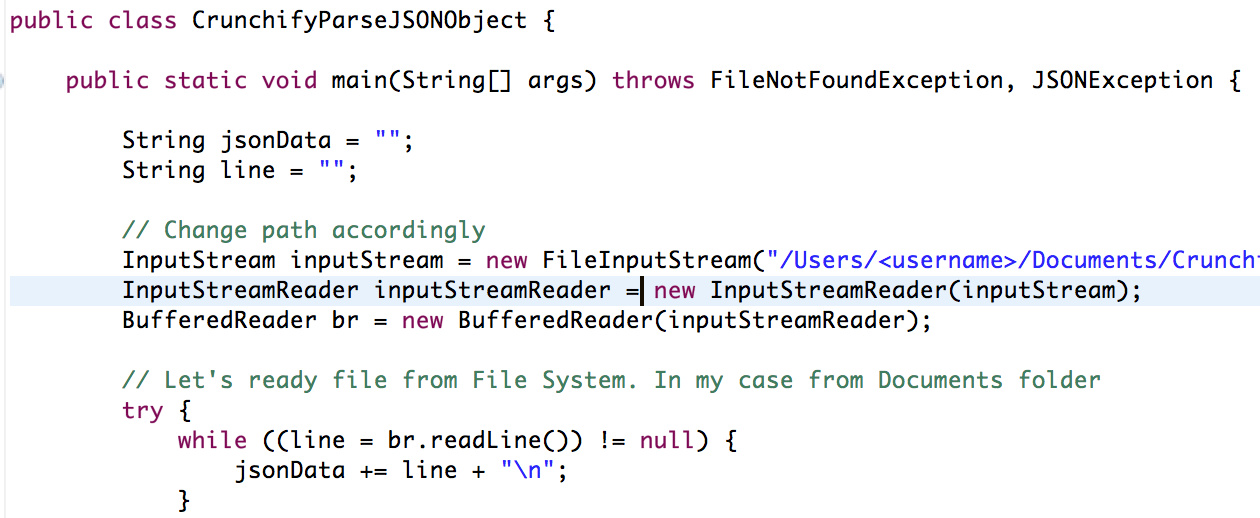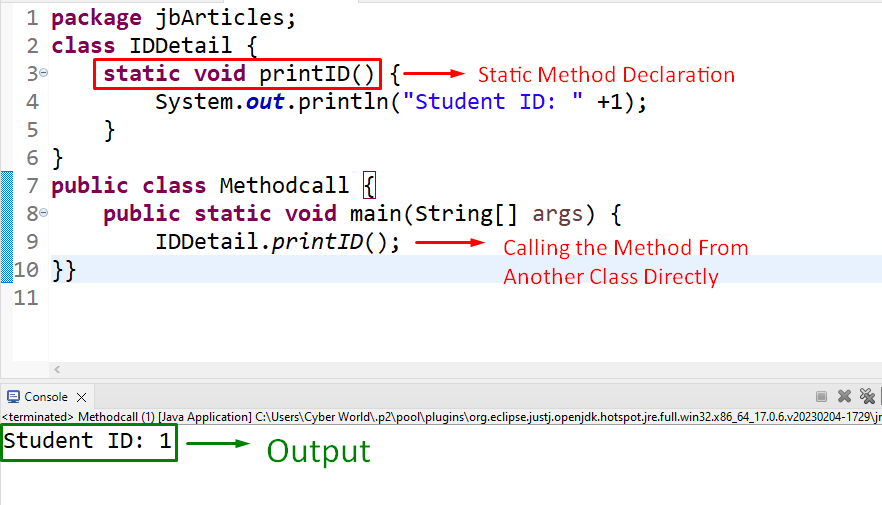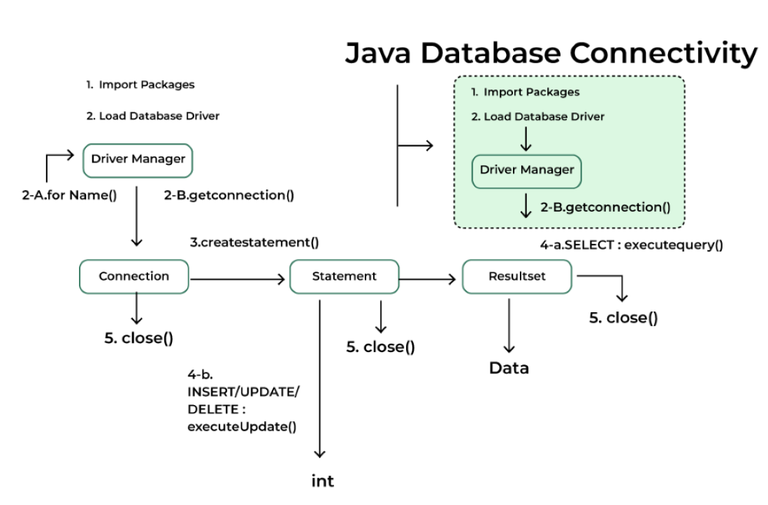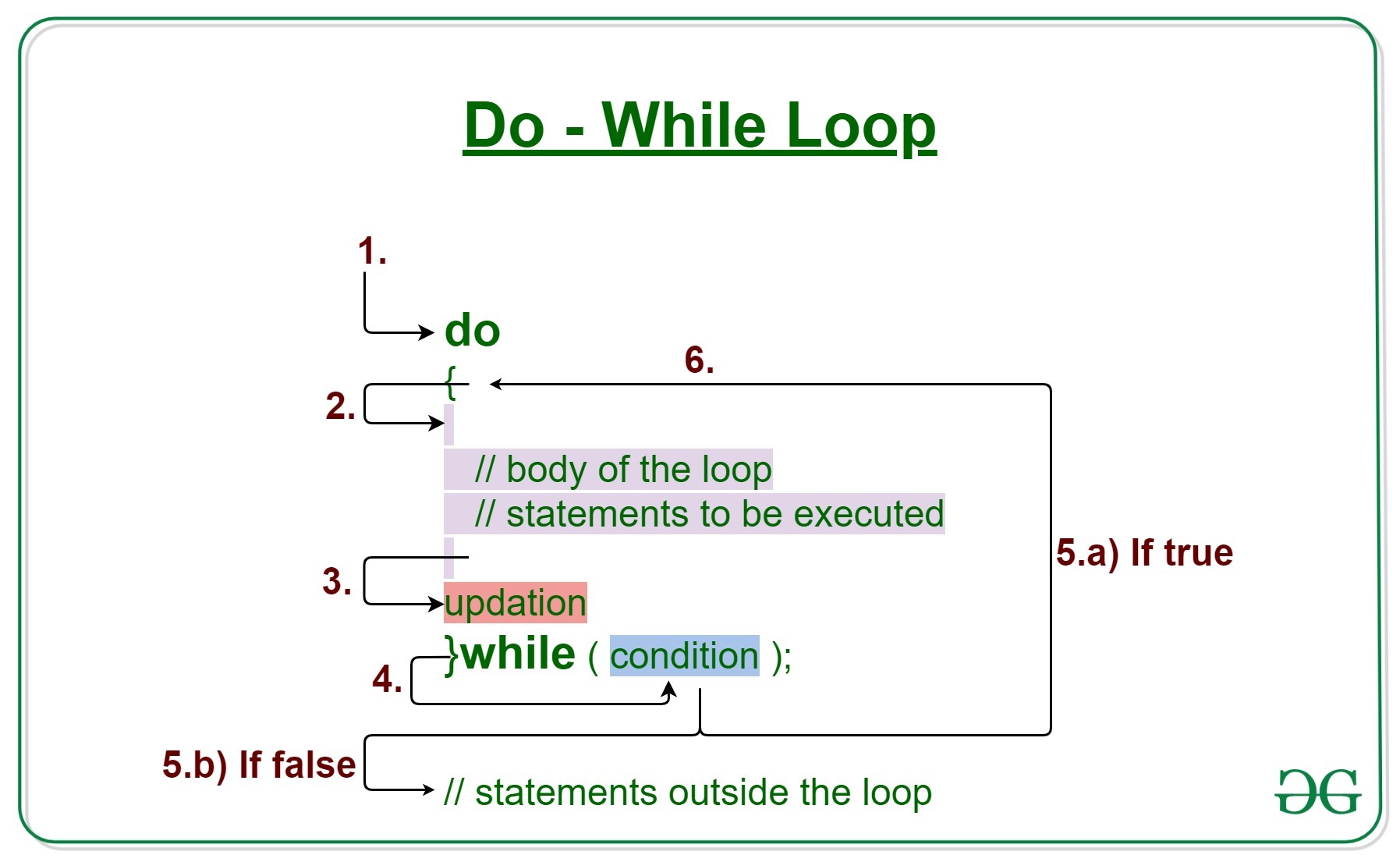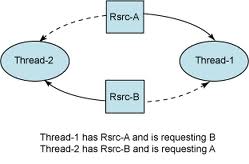What is synchronized vs concurrent in Java?
What is synchronized vs concurrent in Java?
I'm happy to help!
In Java, both "synchronized" and "concurrent" refer to the way multiple threads interact with each other when accessing shared resources. However, they differ in their approach and implications.
Synchronized:
"Synchronized" is a keyword in Java that ensures only one thread can execute a particular block of code at a time. It's used to protect access to shared resources, such as variables or objects, from being modified by multiple threads simultaneously.
When you mark a method or block of code as synchronized, it means that any thread trying to enter that section will need to acquire a lock (also known as a mutex) before proceeding. If the lock is already held by another thread, the current thread will wait until the lock is released before entering.
Synchronization is achieved through the use of a shared object called a "monitor" or "lock." A monitor is essentially a Java object that has methods to acquire and release locks.
Here's an example of a synchronized method in Java:
public class SynchronizedExample {public static synchronized void doSomething() {
// code here will be executed by only one thread at a time
}
}
Concurrent:
"Concurrent," on the other hand, refers to the ability of multiple threads to execute simultaneously without interfering with each other. In Java, concurrency is achieved through the use of high-level abstractions, such as Executor Framework, Fork/Join framework, or low-level APIs like ThreadLocalRandom.
Concurrency is about managing and coordinating the interactions between multiple threads that share common resources. It's about ensuring that each thread gets a fair chance to execute and make progress without conflicts arising from shared resource access.
Java provides various concurrency utilities, such as:
ExecutorService: Manages a pool of worker threads. ForkJoinPool: A pool of worker threads that can be used for parallel computations. ThreadLocalRandom: Provides thread-local random number generation.Here's an example of using the Executor Framework to execute concurrent tasks:
public class ConcurrencyExample {public static void main(String[] args) {
ExecutorService executor = Executors.newFixedThreadPool(5);
List<Callable> tasks = new ArrayList<>();
for (int i = 0; i < 10; i++) {
tasks.add(new Callable() {
@Override
public String call() throws Exception {
// do some work here...
return "Task completed: " + Thread.currentThread().getName();
}
});
}
List<Future> futures = executor.invokeAll(tasks);
for (Future future : futures) {
try {
System.out.println(future.get());
} catch (InterruptedException e) {
Thread.currentThread().interrupt();
}
}
}
}
In summary, synchronization in Java ensures that only one thread can execute a particular block of code at a time, while concurrency enables multiple threads to run simultaneously without interfering with each other. Both are essential for building robust and efficient multithreaded applications.
Hope this answers your question!
java synchronized block
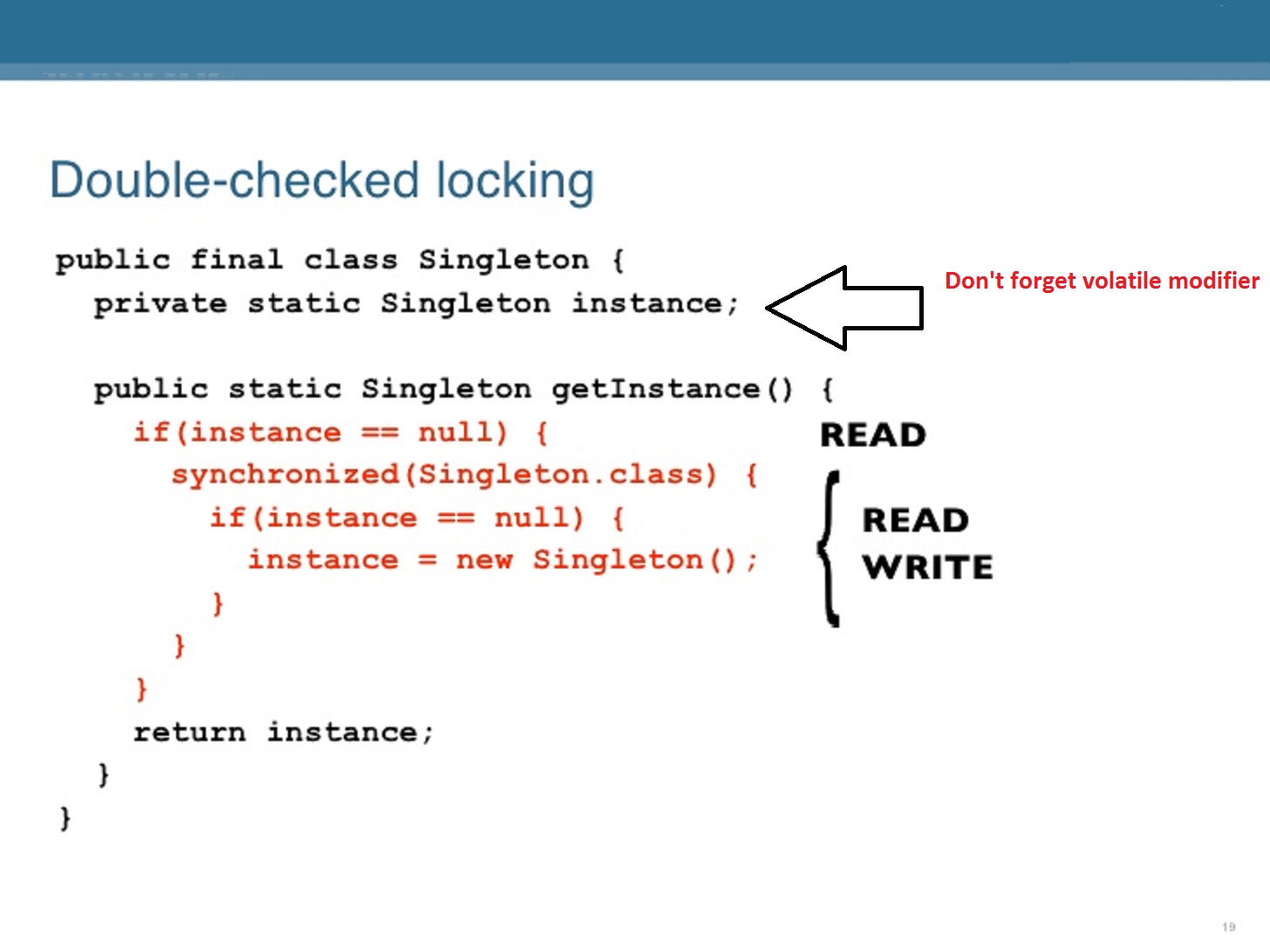
I'd be happy to explain Java's synchronized block in English!
What is a Synchronized Block?
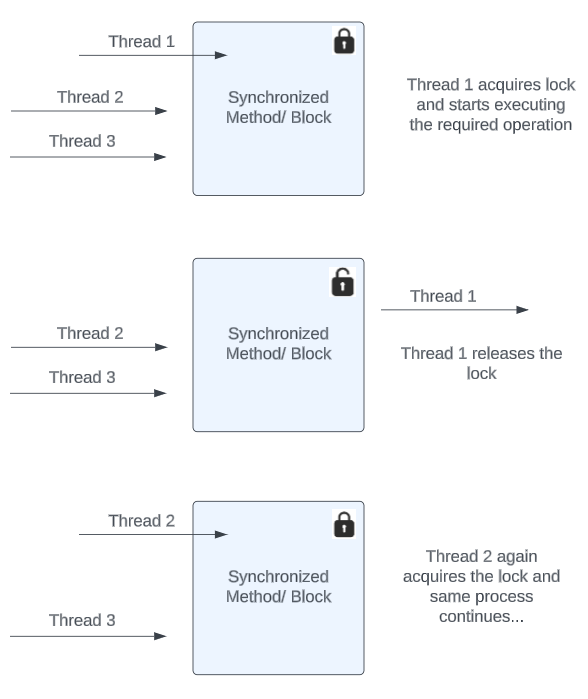
In Java, a synchronized block is a code section that can only be executed by one thread at a time. This means that if multiple threads try to execute the same code simultaneously, only one of them will actually run the code, while others will wait until the first one finishes.
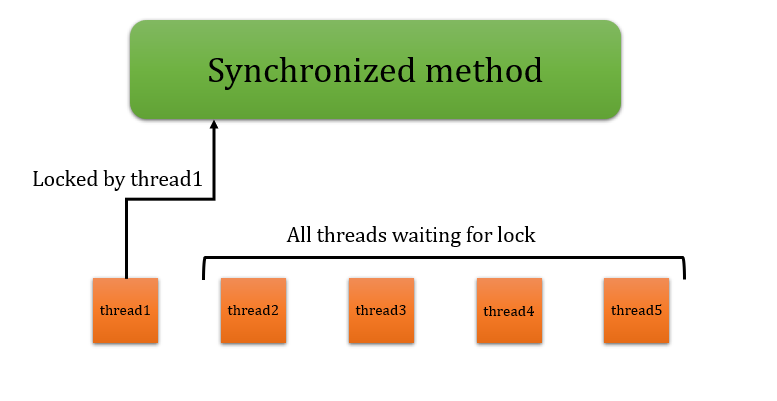
Why Do We Need Synchronized Blocks?
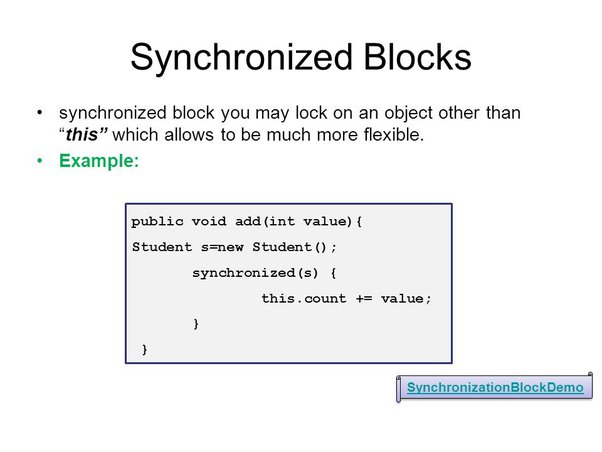
Imagine you have a shared resource, like a bank account, that multiple threads need to access concurrently. Without synchronization, these threads could overwrite each other's changes, leading to incorrect or inconsistent results. By using synchronized blocks, we ensure that only one thread can modify the shared resource at any given time.
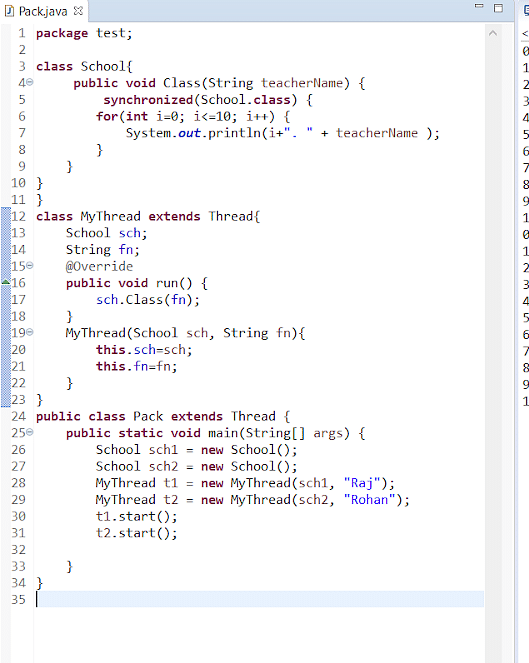
How Does Synchronized Work?
A synchronized block is denoted by the synchronized keyword followed by a reference to an object (the lock). When a thread tries to execute code within a synchronized block, it needs to acquire the lock on that object. If another thread already holds the lock, the attempting thread will be blocked until the lock is released.
Here's an example of how you might use a synchronized block in Java:
public class BankAccount {private int balance = 0;
public void withdraw(int amount) {
synchronized (this) { // lock on this object
if (balance >= amount) {
balance -= amount;
} else {
System.out.println("Insufficient funds!");
}
}
}
public void deposit(int amount) {
synchronized (this) { // lock on this object
balance += amount;
}
}
}
In this example, the BankAccount class uses a synchronized block to ensure that only one thread can modify the account balance at any given time. This prevents concurrent modifications from causing inconsistencies.
Benefits of Synchronized Blocks
By using synchronized blocks, you:
Ensure data consistency: By preventing multiple threads from modifying shared data simultaneously, you ensure that your program's state remains consistent and correct. Prevent deadlocks: Synchronization helps prevent deadlocks, which occur when two or more threads are blocked indefinitely, each waiting for the other to release a resource. Promote thread safety: Synchronized blocks help protect shared resources from being accessed concurrently, thereby promoting thread safety.Best Practices
When using synchronized blocks:
Use the smallest possible lock scope: Only synchronize the minimum amount of code necessary to maintain data consistency and avoid unnecessary blocking. Avoid deadlocks by carefully ordering access to shared resources: Ensure that locks are released in a predictable order to prevent deadlocks. UseReentrantLock instead of synchronized for more control: For more complex scenarios, consider using Java's ReentrantLock class, which provides finer-grained control over locking and unlocking.
By mastering synchronized blocks and following best practices, you can write robust, thread-safe Java programs that accurately reflect the real-world concurrency challenges they're designed to solve.
